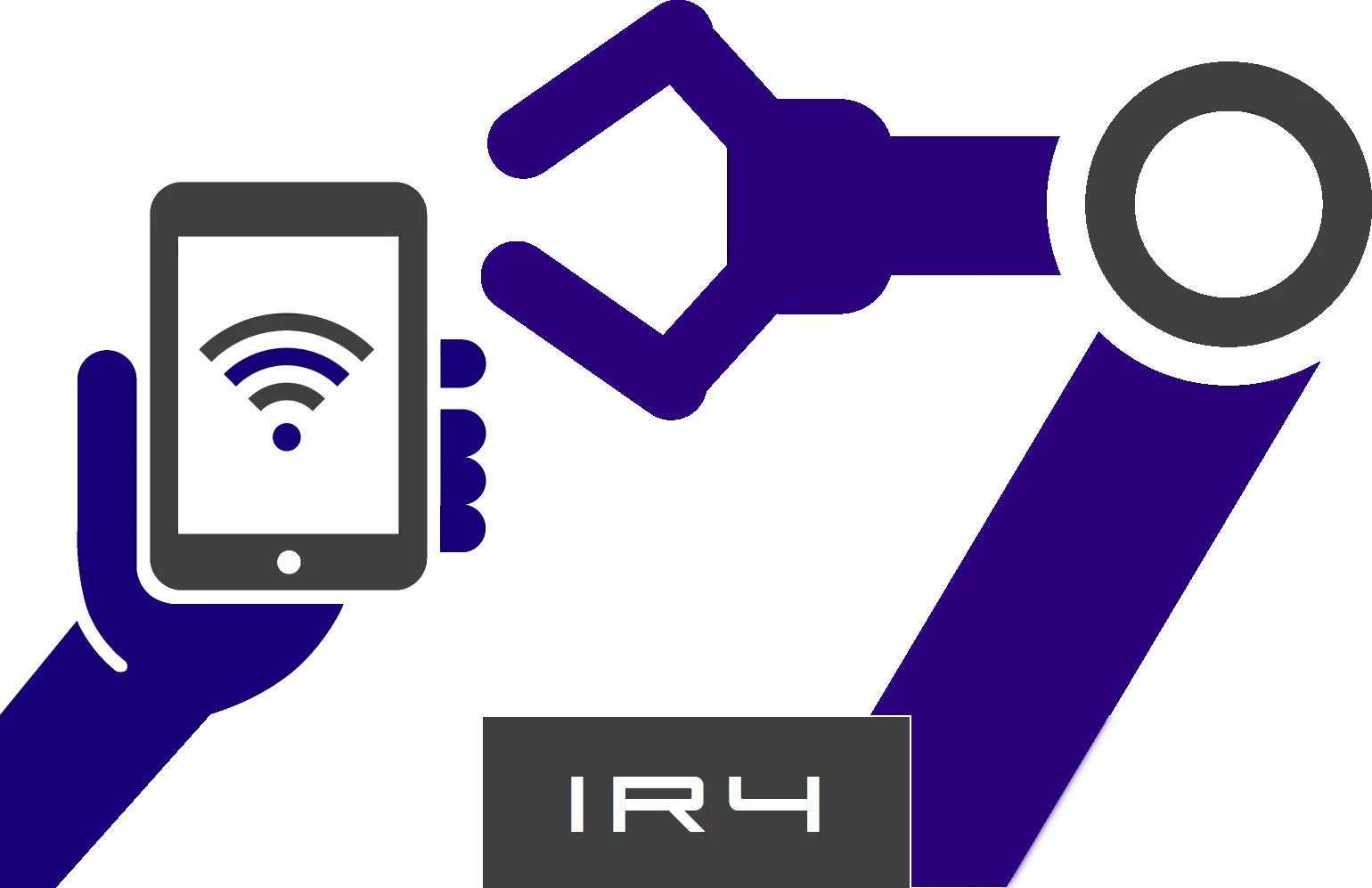With over 45 years of experience in the intersection of IT and agriculture, I have witnessed the transformative power of technology. However, as we advance into the Fourth Industrial Revolution, it is essential to reflect on how technological change impacts our agricultural systems and the human species as a whole.
Dealing with System Complexity
Throughout history, philosophers and thought leaders have approached problems systematically, recognizing the interdependencies and complexities of various systems. Building on this legacy, the concept of complex systems has gained prominence. Although there isn’t a single definition, certain characteristics of complex systems are worth noting, such as decentralized agents, self-organization, feedback loops, and sensitivity to initial conditions.
An Example: the Food Production System
Agriculture, as a part of the broader food production system, exemplifies complexity. It encompasses numerous domains that interact in intricate ways, including the environment, energy, economics, technology, science, demographics, civil and food security, politics, governance, and social and cultural factors. Understanding and addressing this complexity is crucial for improving the quality of life while maintaining a balance with our natural systems.
Complex Sciences and the Fourth Industrial Revolution
The Fourth Industrial Revolution (4IR) represents a transformative period driven by the convergence of technologies, particularly information technology (IT), data science, and artificial intelligence (AI). These developments have the potential to impact the applicability of complexity sciences in understanding and managing complex systems.
Reflecting on the first three industrial revolutions, we observe the profound changes they brought to society and industry. The availability and access to new technologies transformed manufacturing processes, distribution, and electrification. It is crucial to draw lessons from these past revolutions as we navigate the challenges and opportunities of the 4IR.
Cyber-Physical Systems (CPS) and Their Potential
Cyber-physical systems, integrating computers, networking, and physical processes, have emerged as a result of the advancements in IT. CPS utilize embedded computers, networks, and feedback loops to monitor and control physical processes. Their economic and societal potential is yet to be fully realized, but they hold promise for transforming agriculture by enabling automation, optimization, and data-driven decision-making.
Education and Workforce Development
As we embrace the complexities of agricultural systems and the Fourth Industrial Revolution, higher education institutions have a critical role in preparing the future workforce. They must adapt their curricula and teaching methodologies to cultivate professionals who possess multidisciplinary knowledge, transversal skills, and a mindset of innovation.
Transversal Competencies for Success
Alongside technical knowledge, students must develop transversal competencies such as critical thinking, problem-solving, collaboration, adaptability, and digital literacy. These skills enable them to navigate complex challenges, leverage emerging technologies, and contribute to the sustainable development of agriculture.
Fostering Innovation and Entrepreneurship: Higher education institutions should create a culture that nurtures innovation and entrepreneurship. Hands-on projects, research opportunities, and experiential learning can foster creative thinking, problem-solving abilities, and an entrepreneurial mindset. Embracing failure as a learning opportunity and encouraging experimentation are crucial elements of this culture.
Collaboration and Partnerships
Collaboration between academia, industry, and government is vital in shaping higher education programs that meet the demands of the evolving agricultural landscape. Partnerships and internships with industry leaders provide students with practical experiences, while collaboration with government agencies ensures alignment with policy goals and addresses pressing challenges.
Conclusion
The Fourth Industrial Revolution presents opportunities and challenges for the agricultural sector. Understanding and addressing the complexity of agricultural systems require educational institutions to adapt their curricula and teaching methodologies. By equipping students with transversal skills, fostering innovation and entrepreneurship, and promoting collaboration with industry and government, higher education can prepare the agricultural workforce for the future. Through these efforts, we can harness the potential of emerging technologies while ensuring sustainable and equitable agricultural development.

